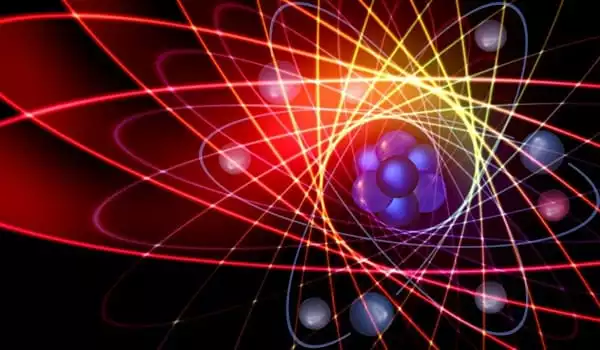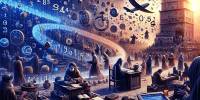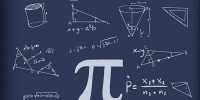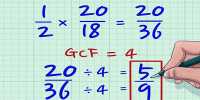A team of researchers led by an Institute for Quantum Computing (IQC) faculty member successfully simulated baryons fundamental quantum particles on a quantum computer for the first time. The team’s findings pave the way for more complex quantum simulations, which will allow scientists to study neutron stars, learn more about the origins of the universe, and realize the revolutionary potential of quantum computers.
A team of researchers from the University of Waterloo in Canada claims to have performed the first quantum computer simulation of baryons (a highly complex type of subatomic particle). To accomplish this, the researchers combined a traditional computer with a quantum machine in the cloud, and created a quantum algorithm from scratch that was resource-efficient enough to allow the system to handle the workload.
Until now, computers could only simulate the composite elements of baryons (which are made up of three quarks), but the research paper shows that detailed quantum simulations with many baryons are possible.
This is a significant step forward because it is the first simulation of baryons on a quantum computer ever. Rather than smashing particles in an accelerator, a quantum computer may one day allow us to simulate these interactions that we use to study the origins of the universe and much more.
Christine Muschik
“This is a significant step forward because it is the first simulation of baryons on a quantum computer ever,” said Christine Muschik, an IQC faculty member. “Rather than smashing particles in an accelerator, a quantum computer may one day allow us to simulate these interactions that we use to study the origins of the universe and much more.”
According to the researchers, the breakthrough is a significant step toward overcoming the limitations of classical computing and realizing the enormous potential of quantum computers.
Muschik, a physics and astronomy professor at the University of Waterloo as well as an associate faculty member at the Perimeter Institute, directs the Quantum Interactions Group, which investigates the quantum simulation of lattice gauge theories. These theories, which include the Standard Model of particle physics, are descriptions of the physics of reality. The more comprehensive a gauge theory is in terms of fields, forces, particles, spatial dimensions, and other parameters, the more complex it is and the more difficult it is to model with a traditional supercomputer.
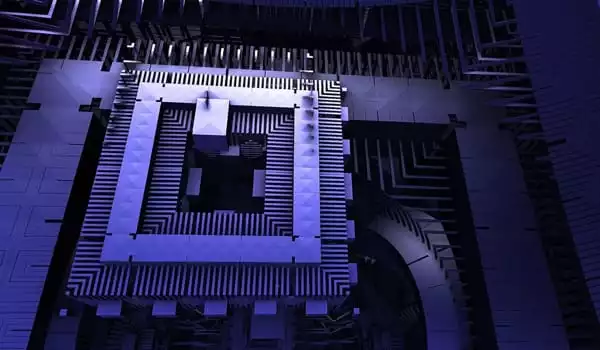
Non-Abelian gauge theories are particularly appealing as simulation candidates because they are responsible for the stability of matter as we know it. Classical computers can simulate the non-Abelian matter described in these theories, but important situations, such as matter with high densities, are inaccessible to regular computers. While the ability to describe and simulate non-Abelian matter is essential for describing our universe, none has ever been simulated on a quantum computer.
Muschik’s team at IQC collaborated with Randy Lewis from York University to develop a resource-efficient quantum algorithm that allowed them to simulate a system within a simple non-Abelian gauge theory on IBM’s cloud quantum computer paired with a classical computer.
With this historic step, the researchers are blazing a path toward quantum simulation of gauge theories that is far beyond the capabilities and resources of even the world’s most powerful supercomputers.
“What excites us about these results is that the theory can be made so much more complicated,” Jinglei Zhang, a postdoctoral fellow at IQC and the Department of Physics and Astronomy at the University of Waterloo, said. “We can think about simulating matter at higher densities, which is beyond the capabilities of traditional computers.”
Scientists will be able to simulate the physics of these more complex non-Abelian gauge theories and study fascinating phenomena beyond the reach of our best supercomputers as they develop more powerful quantum computers and quantum algorithms. This ground-breaking demonstration is an important step toward a new era of quantum simulation-based universe understanding.
